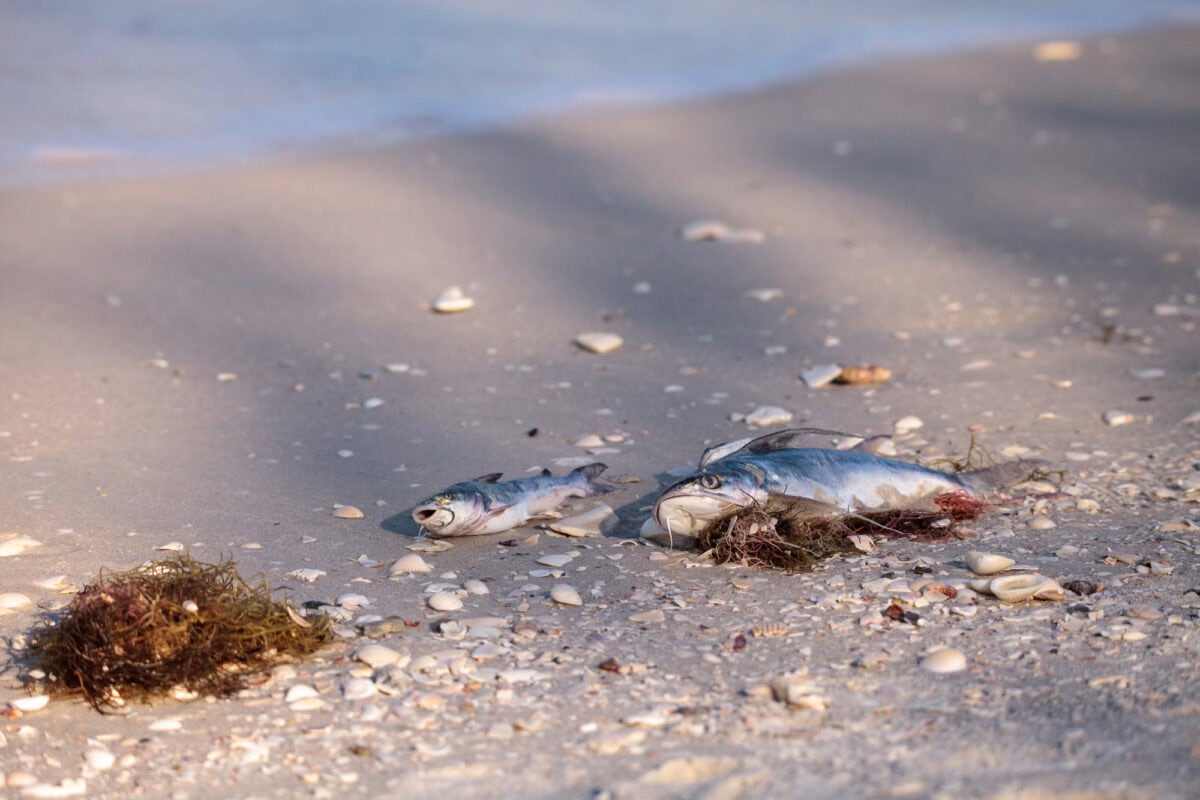Florida is renowned for its stunning coastlines, drawing millions of tourists each year who are eager to bask in the sun and surf the waves. However, not all beaches in the Sunshine State are as welcoming as they may appear. While these shores are visually captivating, there are significant reasons to reconsider swimming in certain areas due to environmental and safety concerns. This article delves into the real reasons you should be cautious and avoid swimming near five particular Florida beaches.
Unpacking the Beauty and Danger of Florida’s Beaches

Florida’s beaches are famous for their white sands and clear waters, but beneath this beauty lies a host of hidden dangers. From rip currents to wildlife encounters, the region’s coastal areas present various hazards that can turn a day of fun into a situation fraught with peril. Understanding these risks is crucial for ensuring your safety and preserving the natural environment.
Understanding Rip Currents

Rip currents are powerful, narrow channels of fast-moving water that can pull swimmers far out to sea. Florida’s beaches, especially those lining the Atlantic Ocean, are notorious for these dangerous natural phenomena. Statistics from the United States Lifesaving Association indicate that rip currents are responsible for over 80% of rescues conducted by beach lifeguards. Swimmers unfamiliar with these swift currents might find themselves in potentially life-threatening situations.
The Threat of Jellyfish Stings

The waters near some Florida beaches are home to a variety of jellyfish species, including the notorious Portuguese Man O’ War. These jellyfish can deliver painful stings that may require medical attention. Certain times of the year, commonly in the warmer months, see an increase in jellyfish populations, making swimming a risky venture for beachgoers.
Beware of Shark Encounters

Few sights can unsettle beachgoers more than a shark fin slicing through the water. While shark attacks are rare, the waters off several Florida beaches are known hotspots for these ocean predators. Areas like New Smyrna Beach have earned the nickname “the shark bite capital of the world,” explaining why caution is advised when entering the water.
Environmental Impact of Red Tides

Red tides, caused by harmful algal blooms, can cause a variety of health issues for swimmers, ranging from respiratory problems to skin irritation. The Gulf Coast beaches in Florida occasionally experience these toxic outbreaks, which can also devastate marine life. It’s essential to heed local advisories when a red tide is forecasted or occurring.
The Alligator Factor

While alligators are typically associated with swamps and freshwater habitats, there have been sightings near some Florida beaches, especially those close to estuaries or inlets. While attacks are infrequent, their presence is a reminder of the diverse ecosystems bordering Florida’s coastlines.
Pollution A Hidden Hazard

Pollution remains a persistent issue undermining the safety and quality of Florida’s beaches. Runoff from urban areas and agricultural lands often introduces bacteria and contaminants into coastal waters. Swimming in polluted water can lead to skin infections, gastrointestinal illnesses, and other health issues.
Beach Erosion and Safety Concerns

Coastal erosion is a significant issue for many Florida beaches. This natural process can make access to the beach difficult and unpredictable. Moreover, erosion can create unstable sandbars and drop-offs under the water, posing additional risks for swimmers who may unexpectedly find themselves out of their depth.
Liability of Lack of Lifeguards

Not all Florida beaches are monitored by lifeguards, which greatly increases the risks of water-related incidents. Beaches without trained rescue personnel are less equipped to handle emergencies, such as drownings or sudden shifts in weather conditions. Always check for beaches under proper supervision for a safer experience.
Inclement Weather Considerations

Florida’s weather can change rapidly, transforming a clear, sunny day into a dangerous storm front with strong winds and lightning. Florida ranks among the states with the highest incidence of lightning strikes, making it vital for swimmers to heed weather warnings and evacuate the beaches during storms.
Tourist Crowds and Safety Risks

Heavy traffic during peak tourist seasons can complicate rescue efforts and lead to overcrowding on the beaches. High numbers of people in the water increase the risk of accidents and make managing emergencies more challenging. For a safer swim, consider visiting Florida’s beaches during off-peak times.
Reef and Wildlife Preservation Efforts

In recent years, there has been a push to protect Florida’s delicate marine ecosystems from the impact of human activity. Certain areas are designated as protected zones where swimming is discouraged to safeguard the coral reefs and coastal wildlife. Prioritizing ecological preservation helps maintain the area’s natural beauty and biodiversity.
Conclusion: Swim with Awareness

While Florida’s beaches are undeniably alluring, it’s essential to be informed of the potential dangers lurking beneath their surfaces. Being aware of factors such as rip currents, marine life, environmental conditions, and human influences can make all the difference in ensuring a safe and enjoyable beach experience. With the right precautions, you can still relish the natural beauty Florida has to offer, while avoiding the risks associated with its most hazardous coastlines.
- Jurassic World Dominion Dinosaurs - August 9, 2025
- 11 Signs a Rhino Is About to Charge - August 9, 2025
- 10 Common Chicken Behaviors and What They Mean - August 9, 2025

